Graphics Reference
In-Depth Information
10.13.19. Theorem.
If a plane curve f(X,Y) = 0 has the property that there exist non-
constant rational functions p(t), q(t) Πk(t) so that f(p(t),q(t)) = 0 for all but a finite
number of t, then the curve is rational.
Proof.
This theorem was really already proved in the process of proving Theorem
10.13.18 since condition (1b) was
only
used to show that the p(t) and q(t) were not
both constant.
Theorems B.11.5, 10.13.17, and 10.13.19 are all equivalent and often referred to
as Lüroth's Theorem. More generally, stated in field theory terms we have:
The general
Lüroth problem
: If K is a subfield of k(X
1
,X
2
,..., X
n
) such that k(X
1
,X
2
,
..., X
n
) is a finite separable extension of K, is K isomorphic to a rational function field?
The answer is “yes” when n = 1, even without the separability condition. If n = 2, the
answer is “yes” if k is algebraically closed. The answer is “no” if n ≥ 3, even if k =
C
.
See [Shaf94].
Sometimes condition (1) in Theorem 10.13.18 is what is used for a definition of
a rational plane curve. The theorem shows that this alternate definition and ours above
are equivalent. In other words, to show that a curve is rational it suffices to parame-
terize a curve with rational functions in a one-to-one fashion and one does not have
to check anything about its inverse (whether it is rational). The finite number of excep-
tions in (1a) arise from denominators of rational functions vanishing
and
from sin-
gularities of the curve.
Let us take a closer look at what all this means in the special case of affine curves.
Assume that
C
is an affine plane curve defined by an equation
(
)
= 0
fXY
,
.
The rational functions on
C
are function of X and Y. Furthermore, X and Y are alge-
braically dependent since they satisfy an algebraic equation. We can strengthen that.
10.13.20. Lemma.
Any two elements of k(
C
) are algebraically dependent over k.
Proof.
See [Walk50].
10.13.21. Lemma.
k(
C
) has transcendence degree 1 over k.
Proof.
First of all, k(
C
) has transcendence degree at least 1 since the “functions” X
or Y are not algebraic over k. Lemma 10.13.20 finishes the proof.
Looking ahead to Section 10.16 where we define the dimension of a variety, we shall
see that it is Lemma 10.13.21 that establishes the fact that curves have the dimension
we expect them to have, namely, they are one-dimensional spaces (Theorem 10.16.9).
10.13.22. Theorem.
A field K over an algebraically closed field of characteristic 0
is the function field of an irreducible plane curve if and only if
(1) tr
k
(K) = 1.
(2) K has a finite basis over k.

